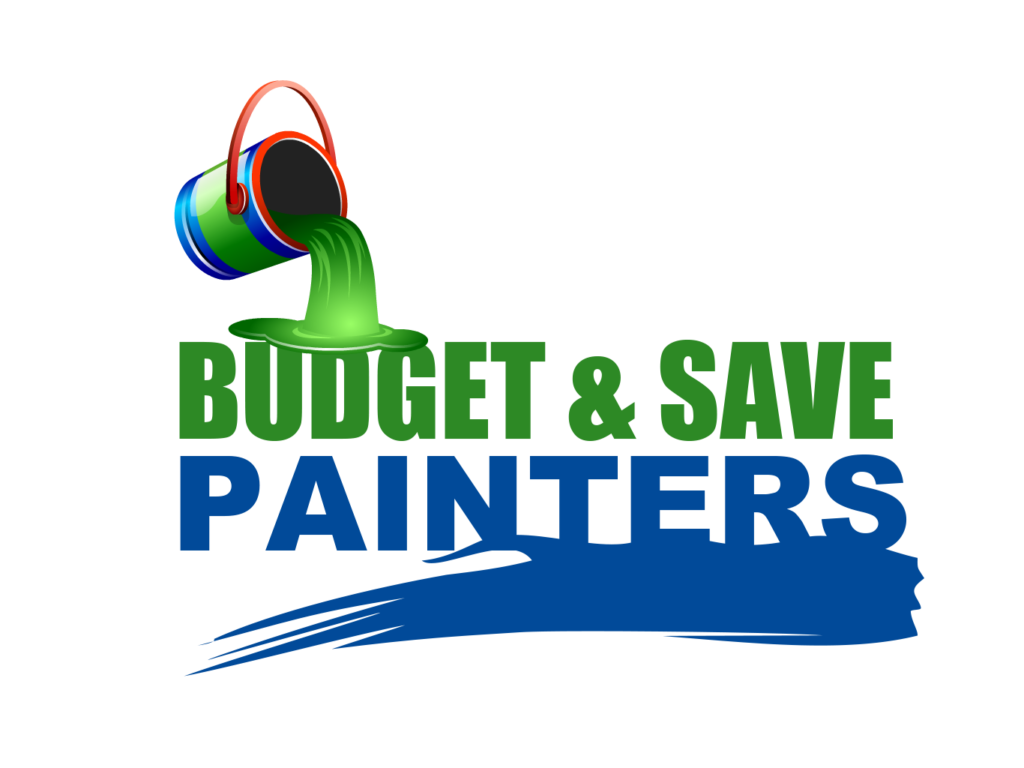If you’re planning a residential painting project, one of the crucial aspects to consider is budgeting. Having a well-thought-out budget ensures that you can achieve the desired results without breaking the bank. In this guide, we’ll walk you through the factors to include in your budget and provide tips on assessing your needs, estimating material costs, calculating labour expenses, and accounting for additional costs.
Factor’s Include In Budgeting Residential Painting
Assessing Your Needs
Creating a precise budget for your residential painting project initiates a meticulous assessment of your requirements. Thoroughly examine the areas designated for painting, taking into account factors such as the types of surfaces, current wall conditions, and the desired finish. Identifying necessary repairs or preparatory work is crucial, as comprehending the project’s scope informs decisions on the materials and labour needed. This initial evaluation ensures a comprehensive understanding of the project’s scale, guiding subsequent budget considerations for a well-informed financial plan that aligns with both your aesthetic aspirations and practical necessities.

Estimating Material Costs
Following the assessment of painting needs, the subsequent step involves estimating material costs. This includes choosing the appropriate paint type and quantity, primer, and any additional coatings or finishes. Deliberate on the paint quality, ensuring it aligns with the chosen surfaces for optimal durability and visual appeal. Factor in essential tools such as brushes, rollers, painter’s tape, and drop cloths. Researching and comparing prices not only enables you to identify cost-effective options without compromising quality but also facilitates an informed decision-making process within the constraints of your budget, ensuring a harmonious balance between affordability and excellence.
Labor Costs
Labour costs constitute a significant aspect of your residential painting budget. Whether opting for professional services or undertaking a DIY project, it is crucial to account for the time and effort required. For those considering professional services, obtaining multiple quotes is essential. Inquire about the painters’ experience, expertise, and any additional services they provide. For DIY enthusiasts, estimating the time needed for each painting step, from meticulous preparation to the application of the final coat, is paramount. Including accurate labour cost estimates ensures a realistic budget that aligns with the chosen approach for the painting project, whether relying on professionals or embracing a hands-on approach.
Additional Costs
Beyond material and labour expenses, additional costs often impact the overall budget. These overlooked expenses may encompass specialized tools, equipment rentals, or unforeseen issues uncovered during the project. Implementing contingency planning for unforeseen expenses, such as repairs or adjustments to the initial plan, ensures a more resilient budget. Accounting for these potential extras provides a comprehensive financial framework, preventing budgetary surprises and facilitating a smoother residential painting process from start to finish. Embracing a proactive and thorough approach to budgeting guarantees that your project progresses seamlessly, minimizing disruptions and optimizing the outcome.
Conclusion
Crafting a comprehensive budget for your residential painting project involves meticulous assessment of needs, careful estimation of material costs, consideration of labour expenses, and accounting for potential additional costs. This strategic approach ensures a well-prepared financial plan that aligns with the scope of the project, preventing unforeseen budgetary challenges. Effective planning not only saves money but also lays the foundation for a successful and satisfying outcome. So, as you embark on your residential painting journey, may your budgeting efforts lead to a vibrant and refreshed space. Happy painting!
